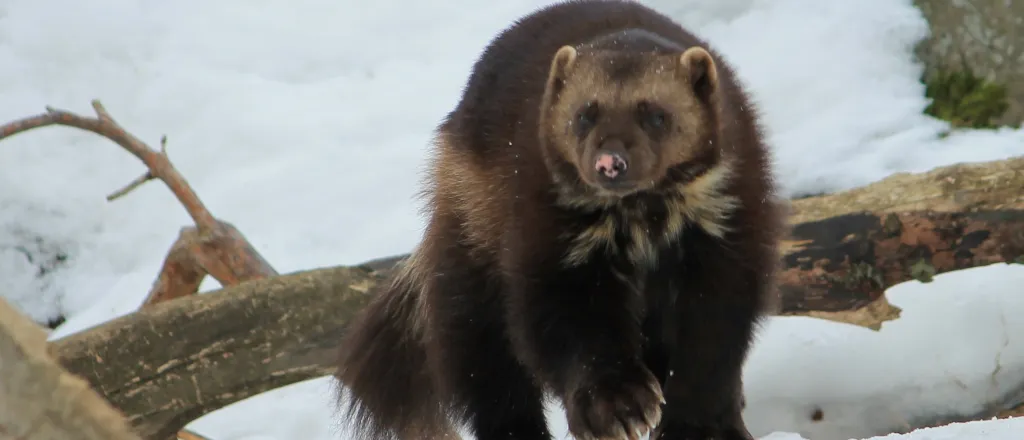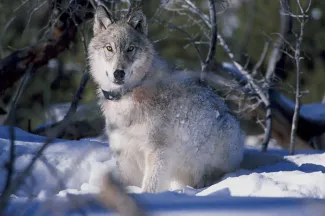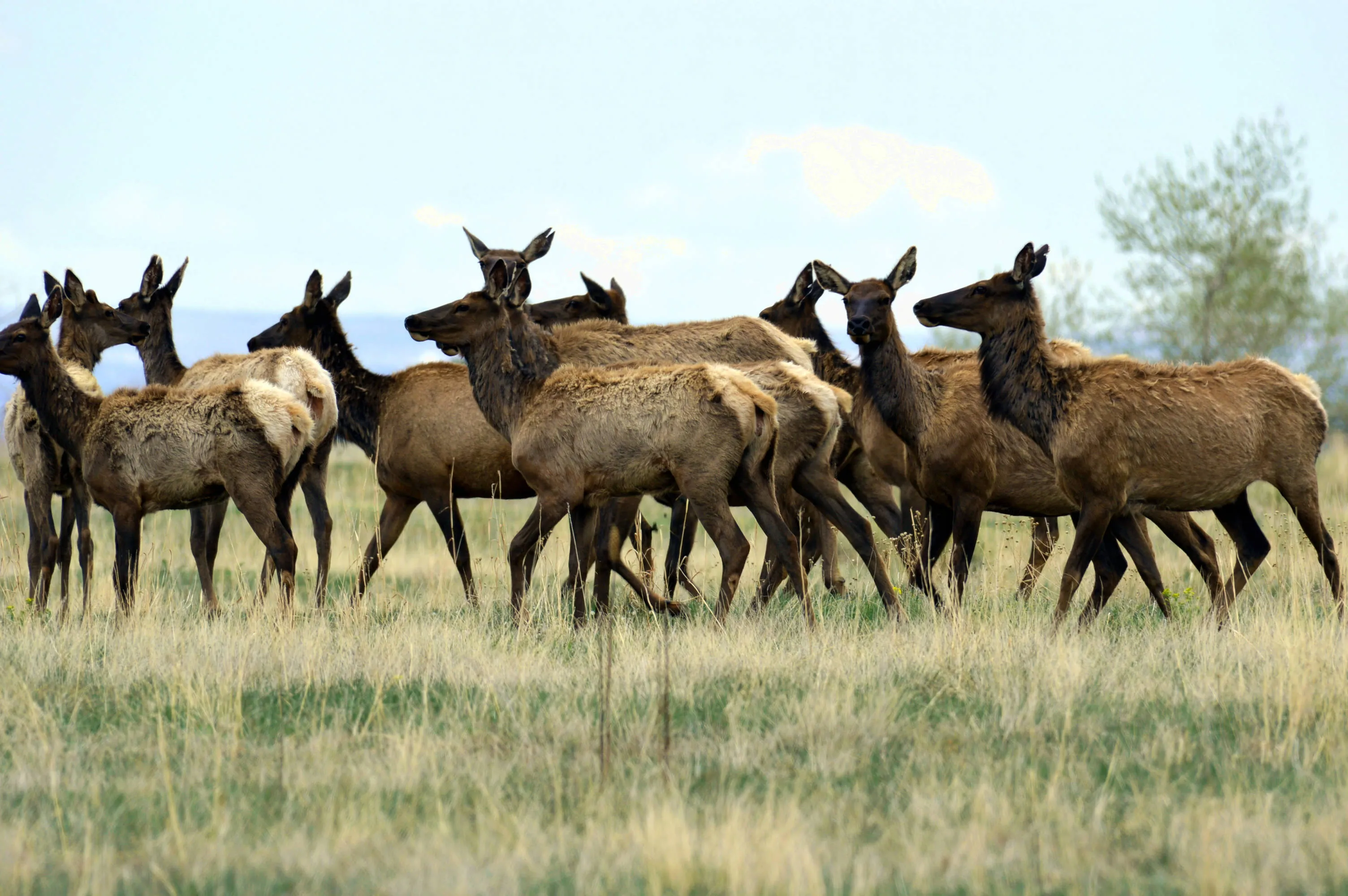
Endangered Species Act marks 50th anniversary with key protections
Click play to listen to this article.
(Colorado News Connection) In 2023, wolverines won federal protections, gray wolves were reintroduced in Colorado and the Bureau of Land Management announced a draft-management plan for critical Gunnison sage grouse habitat, all species protected under a statute passed by Congress 50 years ago.
Vera Smith, senior federal lands policy analyst for Defenders of Wildlife, said while the primary goal is to avoid Endangered Species Act listings altogether, when scientists do see species in decline, the act is critical for ensuring they get the protections they need to survive and thrive in the future.
"The act is really good at incentivizing that," Smith pointed out. "When species are getting closer to extinction, the act steps in and offers that critical protection and directs resources where they need to go."
Since the 1900s, the Gunnison sage grouse has lost 90 percent of its sagebrush-sea habitat to human development. Smith said the number of birds known for their iconic mating dance has dropped to just 4,000. The BLM manages 42 percent of the bird's remaining habitat, and is accepting public comments on its proposal through February 7.

USFWS - public domain
After 20 years of work by conservationists, in November the U.S. Fish and Wildlife Service agreed to list wolverines as threatened under the Endangered Species Act. Fur trapping and poisoning brought the animal to the brink of extinction, and just 300 remain in the lower 48.
Andrea Zaccardi, carnivore conservation program legal director at the Center for Biological Diversity, said climate change and human disturbance are the two main threats.
"Wolverines need high elevation, large snowpack levels for their denning habitat," Zaccardi explained. "Climate change obviously is reducing the availability of the heavy snowpack in high elevations that wolverines need."
Ryan Sedgeley, southern Rockies field representative for the Endangered Species Coalition, credited the Endangered Species Act for helping gray wolves rebound from near-total extinction in parts of the Northern Rockies and other states. After Colorado voters approved their reintroduction in 2020, 10 wolves were released this December.
"Wolves haven't been in Colorado since the 1940s when they were systematically eradicated," Sedgeley noted. "Restoring the balance to nature, to our ecosystems, is really important."















